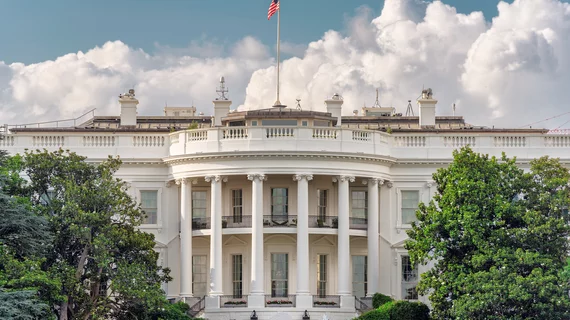Controversial medical device tax permanently repealed with White House OK
The controversial tax on medical imaging equipment and other devices was made kaput Friday, with President Donald Trump signing its repeal ahead of the midnight deadline when government funds were set to run out.
Long-sought by radiologists and other imaging industry stakeholders, the Senate approved permanent repeal of the 2.3% tax on Thursday, Dec. 20, as part of a larger spending bill, following the same action in the House. The levy was first proposed in 2009 under the Affordable Care Act, but it has been suspended intermittently in recent years, with adversaries claiming it has led to thousands of lost jobs and abandoned research projects.
"We have now also repealed the Obamacare Medical Device Tax, which threatened access to cutting-edge devices that save lives and enhance the quality of life for all Americans," President Trump said in an official White House statement, listing features of the appropriations legislation.
Advocates applauded the bill's demise Friday, following the president’s final pen stroke.
“With the president’s signature, we saw the culmination of more than eight years of dedicated advocacy from countless patients, industry stakeholders, lawmakers and concerned citizens,” Dennis Durmis, chairman of the Medical Imaging & Technology Alliance’s board of directors, said in statement. “This is a significant achievement. After many years of uncertainty and delays, our leaders on Capitol Hill and the White House finally came together to protect patient access, innovation and good-paying American jobs," he added later.
In a letter to lawmakers earlier this year—signed by hundreds of other industry stakeholders, including the American College of Radiology—foes claimed that 21,000 jobs would disappear if politicians failed to kill the tax by the year’s end. One outdated estimate pegged the tax’s total collection at about $24 billion over 10 years.

